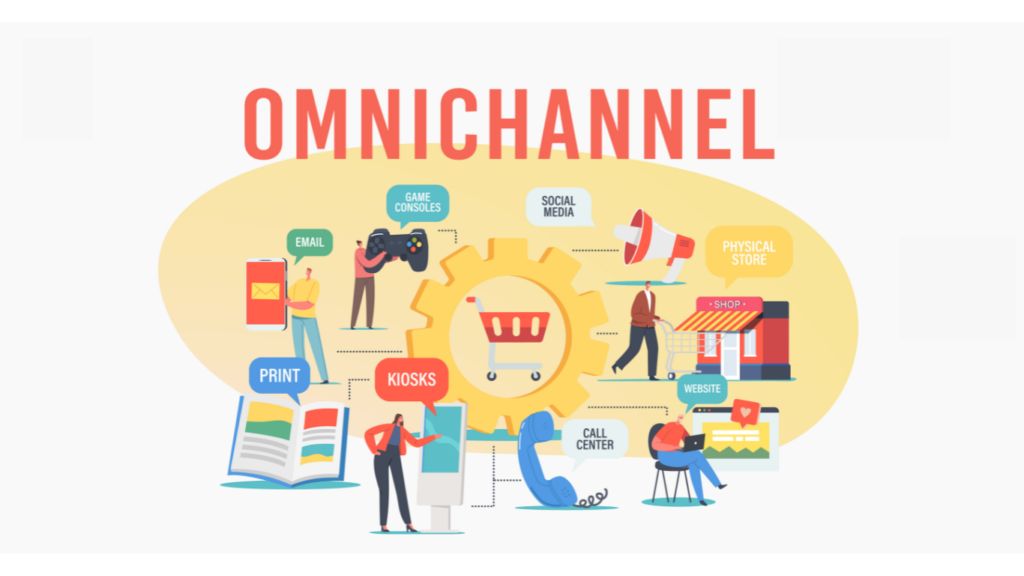Gone are the days when a business could only rely on its brick-and-mortar stores if it wanted to turn out a profit. In an era defined by rapid technological advancements and evolving consumer expectations, many businesses have shifted to an omnichannel approach to boost their growth trajectory. It’s now quite common for a modern-day small- or medium-sized enterprise (SME) or startup to run part of its business operations from a website, mobile app, or social media on top of selling from a physical store.
Are you ready for this stage, and will your business take well to omnichannel operations? Here are a few signs that the transition could be fruitful at this point in your career as an entrepreneur:
1. There Is Increased Customer Demand for Omnichannel Interactions
Today’s customers are better connected and more tech-savvy than they were before. They’re also used to having access to a wide range of products and services at the tips of their fingers. Many like the idea of being able to shop and purchase goods from either a physical store or a virtual one; what matters is that they have the freedom to choose.
Receiving constant inquiries about sales channels that can serve as an alternative to your physical store can be a sign that your customers want to engage with your brand through digital touchpoints.
2. Your Business Already Maintains Diverse Sales and Engagement Channels
If your business has already moved to expand its reach across multiple channels—such as physical stores, e-commerce websites, social media platforms, and potentially even mobile apps—you already have a good precedent for pursuing fully omnichannel operations.
Perhaps your physical shop recently subscribed to the services of a trusted online payment processing company like Maya Business, allowing customers to complete their transactions on your newly launched website. Another example is if you have a social media-based business that also caters to guest buyers and people who don’t have social media accounts. To accommodate everyone’s orders, you may be using Maya Payment Links so that customers can choose the best online payment processing method for their purposes.
Both situations show that you have a market outside your main sales channel and that you’re willing to take their business.

3. Your Business Has the Capability to Collect and Integrate Data
If you’ve increased your capability to collect and integrate customer data from various touchpoints, you’ve already made a significant step towards making good on an omnichannel strategy. Having gained deeper insight into your customers’ behaviors, preferences, and purchasing history, it’s now just a matter of utilizing it across all channels.
Your business’s data-driven methods will be invaluable towards making improvements like personalizing sales interactions, recommending products, and enhancing the overall customer journey. You’ll also be able to track your inventory levels accurately, which is key to minimizing the risk of stockouts and eventually handling a larger and more challenging omnichannel inventory.
4. Your Business Is Technology-Ready
Among other things, you’ll need a solid technology foundation to successfully roll out omnichannel business operations. Some of the technology infrastructure that you should already have in place before you go fully omnichannel are the following:
- An e-commerce platform
- Reliable internet payment solutions
- Enterprise resource planning (ERP) software
- Dedicated Customer Relationship Management (CRM) software
- Inventory management software
If you can rely on your tech foundation to accommodate a busier, more expensive, and more sophisticated omnichannel business strategy, then you’re in a good position to make the shift.
5. Your Business Is Offering a Unified Brand Experience
A business that is prepared to embrace omnichannel operations should also be committed to delivering a cohesive brand experience. To put it simply, a unified brand experience entails ensuring that your brand’s identity, messaging, pricing, and customer service standards remain consistent across your intended channels.
Can your business promise a cohesive experience to its customers whether they buy from you in-store, online, or on social media? If the answer is yes, then you’re more likely to gain their trust and build strong relationships with them that will carry over across multiple storefronts.
Making the Switch to an Omnichannel Approach
Regardless of whether you think you’re ready now or will be ready next year, be sure to prepare for the challenges of running your business from multiple channels. Your thoroughness and ability to plan for omnichannel operations will see you through the rough initial stages and improve your prospects for long-term success.
Blog received on email.






